This article was medically reviewed by Lacy Windham, MD. Lacy Windham, MD, is a Board-Certified Obstetrician & Gynecologist in Cleveland, Tennessee. Dr. Windham attended medical school at the University of Tennessee Health Science Center in Memphis. Her residency was completed at Eastern Virginia Medical School in Norfolk, Virginia. She was the recipient of multiple awards during her residency training, including Most Outstanding Resident in Maternal Fetal Medicine, Most Outstanding Resident in Oncology, Most Outstanding Resident Overall, and Special Award in Minimally Invasive Surgery.
There are 15 references cited in this article, which can be found at the bottom of the page.
This article has been viewed 467,603 times.
Experts say that your chances of getting pregnant after a vasectomy depend on how long ago your partner had the procedure performed. During a vasectomy, a doctor severs the pathway that sperm use to enter semen, so it's a permanent form of birth control.[1] Research suggests that you may be able to conceive a child in the first year after your partner gets a vasectomy reversal, but everyone's experience is different.[2] While getting pregnant may not be easy, it might still be possible for you and your partner to have a child, so don't give up hope.
Steps
Talking to Your Partner
-
1Discuss why he had the vasectomy in the past. Many men who have had a vasectomy were quite clear at that point in their lives that they did not want to have children.[3]
- It is important to take the time to discuss with your partner why he had the procedure, and how his thoughts might have changed since then.
-
2Talk about reasons for wanting to get pregnant. Make sure both of you are on the same page about it, and that he is not simply compromising to keep you happy.[4]
- Remember that when you are planning to become parents together, it is important to have both people on board and fully committed. Otherwise, it may have a negative toll on the relationship, as well as for your baby.
- If your partner is not fully committed, it might take some soul-searching to determine whether having a baby is really the best idea.
- You may find couple counseling helpful as you discuss this, as it is a very significant life decision and your partner no doubt had strong feelings about it in the past, or he would not have had a vasectomy.
Advertisement -
3Decide how far you are willing to go. It is important to talk about things such as cost with your partner, and the effort and monetary investment you are willing to make, prior to taking the steps to becoming pregnant.
- Certain procedures (such as in vitro fertilization) can be very expensive, so it is important to know how far you and your partner are willing to go in order to become pregnant.[5]
Reversing a Vasectomy
-
1Have your partner see a urologist. This is a doctor who specializes in the male reproductive system.[6]
- The urologist can take a detailed medical history and perform a physical exam to determine what course of action is best to help you and your partner become pregnant. The urologist can also assess your partner to see if he has any specific fertility problems, other than the vasectomy.
- It is advisable for you, as the woman, to also consult your OB/GYN and to make sure you have no fertility problems that could hold the two of you back from becoming pregnant.
-
2Book time off to take your partner to his vasectomy reversal. It is a procedure that can be done directly in the doctor's office, with only local freezing (anesthetic) to numb the scrotal area, and it is relatively quick (around 30 minutes).
- Some men find it helpful to have you there as moral support.
- It is also recommended to drive your partner home after the procedure as he will likely be experiencing some pain and discomfort.
-
3Allow the doctor to perform the procedure. Sperm is produced in the testicles, and it then goes to the epididymis to mature. From the epididymis it travels through the vas deferens and eventually joins the urethra for ejaculation. The initial vasectomy procedure cut through the vas deferens to prevent sperm transport during ejaculation.
- The vasectomy reversal can be done in two ways. The first way is reattaching the two cut ends of the vas deferens (called a vasovasostomy). This is the more common procedure.[7]
- The second way is reattaching the vas deferens directly to the epididymis (called a vasoepididymostomy). This is used when a vasovasostomy is not possible.[8]
-
4Help your partner to recover from his vasectomy reversal. Recovery from this procedure usually does not take more than a few days.[9]
- The man may have some pain in his scrotal area, and this can be treated with over-the-counter pain medications such as acetaminophen (Tylenol) or an NSAID (nonsteroidal anti-inflammatory drug), such as ibuprofen (Advil, Motrin), naproxen (Aleve), or aspirin.
- Most men are fine with over-the-counter pain medications and do not need anything stronger; however, it is an option to receive prescription pain medication from the doctor if your partner needs it.
-
5Refrain from sexual activity until at least one week after the procedure. Sometimes couples will hold off on sex for up to a few weeks after the procedure, as some men experience discomfort (and occasionally some blood) with ejaculation.[10]
- If this occurs for your partner, it should resolve on its own with time (within a few weeks).
- If the bleeding is severe or the pain and discomfort are not improving, seek additional help from your doctor.
-
6Ensure your partner attends follow-up appointments. The urologist will likely ask for follow-up appointments to check your partner's sperm counts, and to assess whether or not the procedure was successful.
- Note that success rates of vasectomy reversal are approximately 60%. It partly depends upon the number of years that the man has had the vasectomy for. A shorter duration equates to a greater success rate.[11]
-
7Understand that if your partner's vasectomy is successfully reversed, you will be able to get pregnant as any other couple would. In other words, when you have sexual intercourse after the vasectomy is reversed, you will have the same chance as any other couple of conceiving a baby.[12]
- Note that this also means that the man is no longer "sterile" (that is, the vasectomy is no longer functioning as birth control), so the two of you will need to discuss alternate methods for contraception after the pregnancy is over.
Undergoing IVF
-
1Talk to your doctor about in vitro fertilization. This is the route many couples go when the man has had a vasectomy and the couple wants to get pregnant.[13]
- It is important to talk to a doctor who specializes in this area and who can provide additional information (as well as expected cost) for your case. The cost and complexity of the procedure can vary greatly between couples.[14]
- One of the main reasons that IVF is chosen is that the vasectomy reversal was unsuccessful, and the couple is still determined to have biological children of their own.
- Success rates of the procedure vary greatly depending upon the reason for receiving it, as well as fertility factors for both the man and the woman.[15]
-
2See if your partner has stored frozen sperm from the past. If he has had his sperm frozen in the past, this can be used for the procedure.[16]
- If he has not, another option is to collect sperm directly from the man's vas deferens (the portion of the tube that is still intact and that was not cut by surgery) and to use this for in vitro fertilization.
-
3Have your doctor combine the sperm sample with one or more eggs from your ovaries. This is a procedure done in specialty medical labs.[17]
- Normally more than one egg is taken from the female, in order to maximize the chances of a successful embryo forming in the lab.
-
4Allow the embryo from the medical lab to be implanted into the uterus. Often more than one embryo will be implanted in order to maximize success rates of the conception (in hopes that at least one of the embryos will successfully survive and grow once placed in the uterus).[18]
- A complication of IVF, for this reason, is the risk of having multiples (twins, triplets, or perhaps more). Speak to your doctor about how many embryos he or she recommends to have implanted in your specific case. It would depend upon a number of factors specific to each couple, including cost (as if the procedure "fails" and has to be done again that gets expensive), as well as other "fertility factors" that can be assessed by your doctor.[19]
-
5Compare the advantages and disadvantages of the procedure. Like any medical procedure, IVF has advantages and disadvantages.
- The advantages of IVF include:
- the vasectomy still exists as permanent birth control after your child is conceived
- it is an easier procedure for the man (compared to undergoing surgery to have his vasectomy reversed)
- conception can often occur within a faster time-frame (as compared with vasectomy reversal).
- The disadvantages of IVF include:
- cost (quite expensive)[20]
- it is a more arduous procedure for the woman
- the procedure may have to be repeated if you wanted additional children. This is not always the case, as sometimes extra embryos can be created that can be frozen for future pregnancies.
- it may result in more than one child. Oftentimes more than one embryo is inserted into the woman's uterus, to increase the success rate of one surviving. However, this can result in more than one baby for some couples, so it is important to consider the possibility of having multiples.[21]
- The advantages of IVF include:
Warnings
- Becoming pregnant after your partner has had a vasectomy can be challenging and expensive. Make sure you have talked at length with your partner about it before embarking on the journey, and that you have decided together how much money and effort you are willing to put into this.⧼thumbs_response⧽
References
- ↑ https://www.pennmedicine.org/updates/blogs/health-and-wellness/2019/march/7-things-about-vasectomies
- ↑ https://www.urologyhealth.org/urologic-conditions/vasectomy-reversal
- ↑ http://americanpregnancy.org/getting-pregnant/pregnancy-after-vasectomy/
- ↑ http://americanpregnancy.org/getting-pregnant/pregnancy-after-vasectomy/
- ↑ https://www.plannedparenthood.org/learn/pregnancy/fertility-treatments/what-ivf
- ↑ https://health.clevelandclinic.org/vasectomy-reversal-5-facts-men-need-to-know-2/
- ↑ https://stanfordhealthcare.org/medical-treatments/v/vasectomy-reversal.html
- ↑ https://stanfordhealthcare.org/medical-treatments/v/vasectomy-reversal.html
- ↑ https://www.healthdirect.gov.au/surgery/reversing-a-vasectomy#recover
- ↑ https://uihc.org/health-topics/vasectomy-reversals-frequently-asked-questions
- ↑ https://www.nhs.uk/conditions/contraception/vasectomy-reversal-nhs/
- ↑ https://www.urologyhealth.org/urology-a-z/v/vasectomy-reversal
- ↑ https://www.reproductivefacts.org/news-and-publications/patient-fact-sheets-and-booklets/documents/fact-sheets-and-info-booklets/fertility-options-after-vasectomy/
- ↑ https://www.reproductivefacts.org/news-and-publications/patient-fact-sheets-and-booklets/documents/fact-sheets-and-info-booklets/fertility-options-after-vasectomy/
- ↑ https://www.nhs.uk/conditions/ivf/
- ↑ https://www.hopkinsmedicine.org/health/treatment-tests-and-therapies/sperm-banking
- ↑ https://medlineplus.gov/ency/article/007279.htm
- ↑ https://medlineplus.gov/ency/article/007279.htm
- ↑ https://www.nhs.uk/conditions/ivf/risks/
- ↑ https://medlineplus.gov/ency/article/007279.htm
- ↑ https://medlineplus.gov/ency/article/007279.htm
About This Article
Although a vasectomy is considered a permanent form of birth control, there are a few ways you can still get pregnant if your partner had this procedure done. The easiest way is to get a vasectomy reversal. This procedure involves reattaching the 2 cut ends of the vas deferens, and usually only takes about 30 minutes. If the procedure is successful, you’ll be able to start trying for a baby as normal. Just keep in mind that most people need at least a week after to recover. If a vasectomy reversal isn’t an option, you may want to try in vitro fertilization. This method involves collecting sperm from your partner’s vas deferens, combining it with one of your eggs, then transplanting the formed embryo into your uterus. Unfortunately, this procedure can be quite expensive and often takes longer than a vasectomy reversal. To learn how to talk to your partner about your options, read more from our Gynecologist co-author.




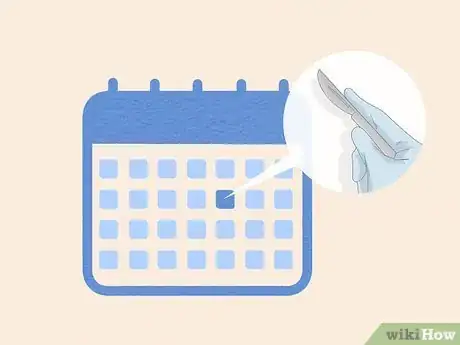
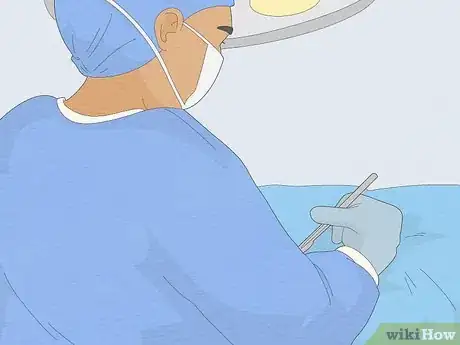


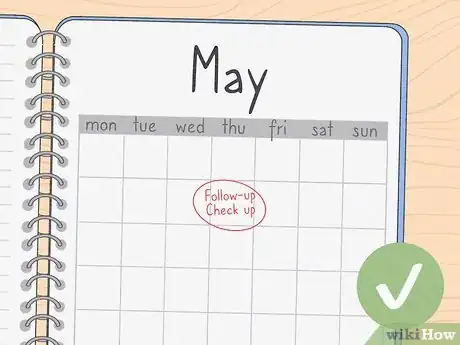
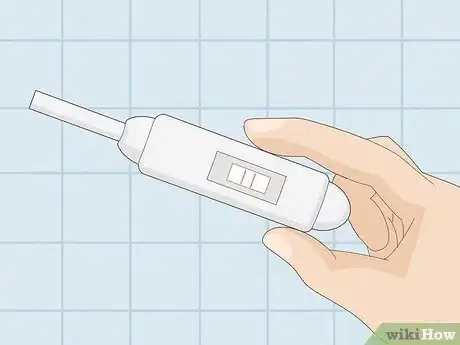

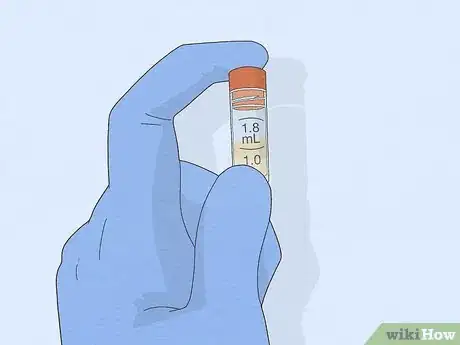
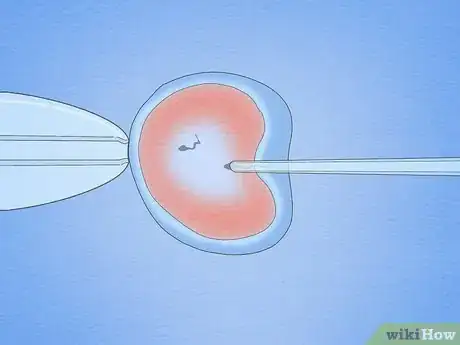

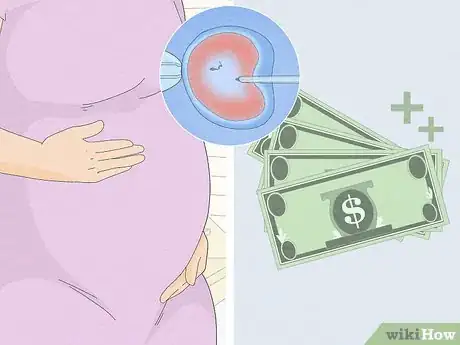
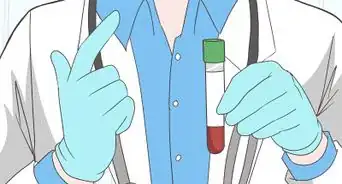
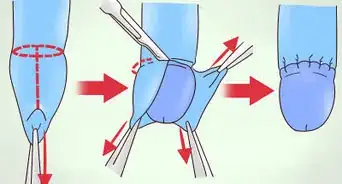









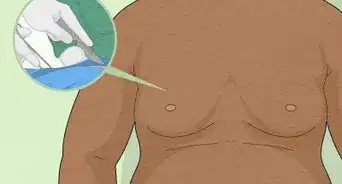

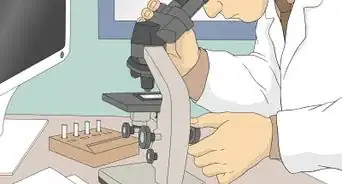









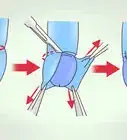





































Medical Disclaimer
The content of this article is not intended to be a substitute for professional medical advice, examination, diagnosis, or treatment. You should always contact your doctor or other qualified healthcare professional before starting, changing, or stopping any kind of health treatment.
Read More...